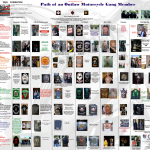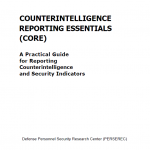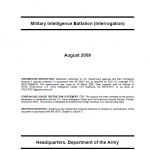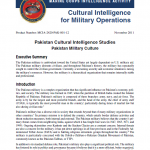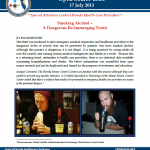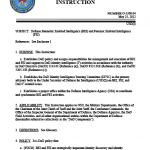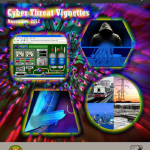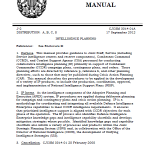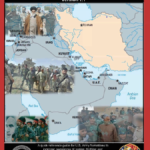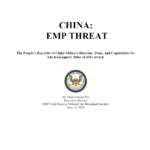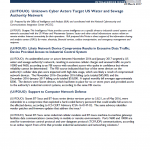
An unidentified actor or actors between November 2016 and January 2017 targeted a US water and sewage authority’s network, resulting in excessive cellular charges and unusual traffic on ports 10000 and 9600, according to an FBI source with excellent access who spoke in confidence but whose reliability cannot be determined. The FBI source indicated that four of the seven devices on the authority’s cellular data plan were impacted with high data usage, which was likely a result of compromised network devices. The November 2016–December 2016 billing cycle totaled $45,000, and the December 2016–January 2017 billing cycle totaled $53,000.

